By clicking “Accept All Cookies”, you agree to the storing of cookies on your device to enhance site navigation, analyze site usage, and assist in our marketing efforts. View our Privacy Policy for more information.
Is It Really My Hamstrings?
Most people who feel they have tight hamstrings are actually experiencing symptoms from sciatic nerve irritation or poor pelvic alignment—not true hamstring tightness—and should stop stretching and instead address nerve mobility and core control.
By
July 30, 2025
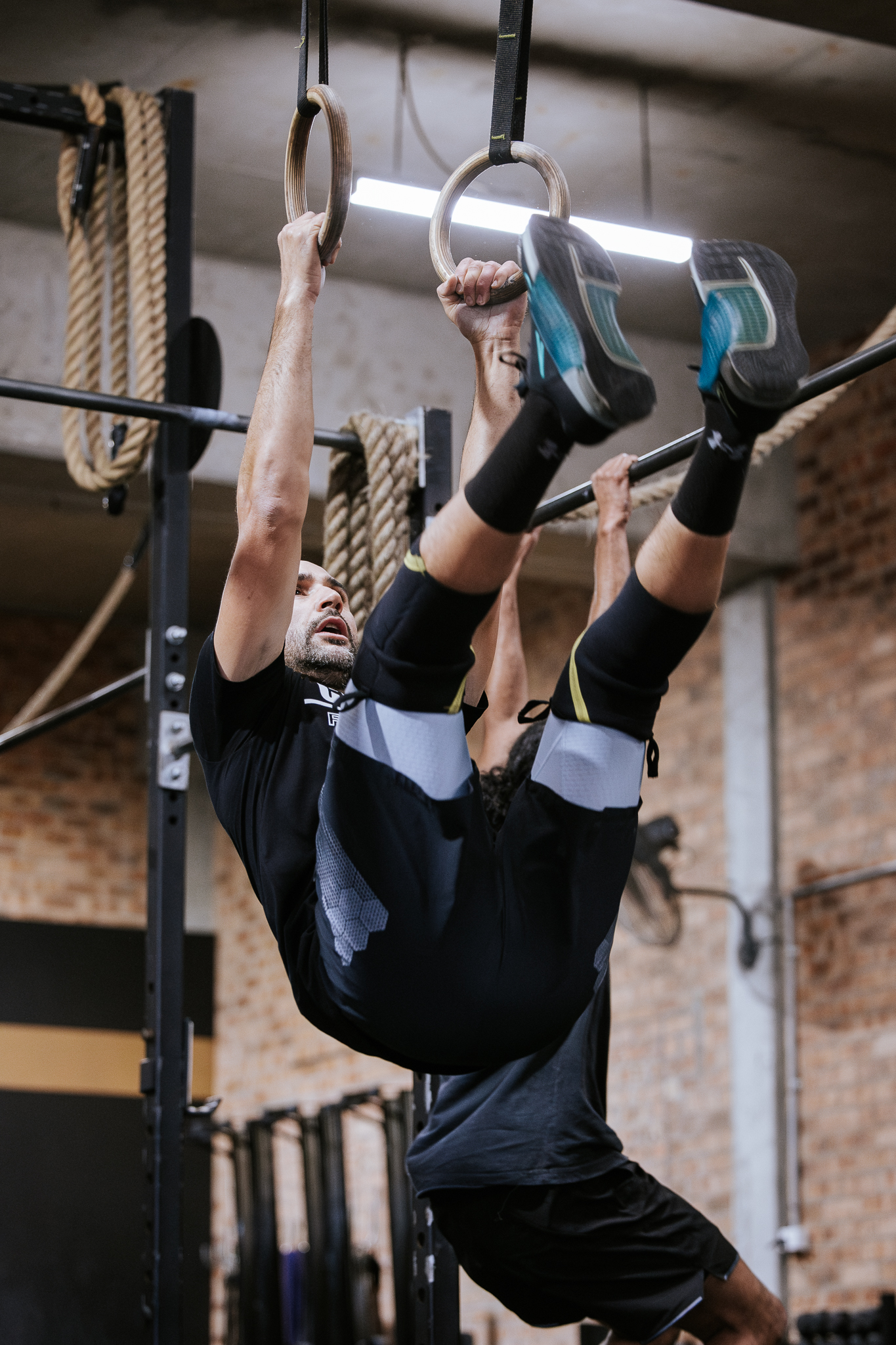
Are Tight Hamstrings Really the Problem?
Go into any gym (CrossFit, boutique fitness or any of the 24/7 chains) and I’ll guarantee that you’ll see more than one person attempting to address their hamstring stiffness. If you follow that up with asking them, how long they’ve been trying to improve this area, the usual reply is “Ages/forever”. This is something that I feel needs more understanding and accuracy because I ask the question, is it really your hamstrings that are the root cause of this limitation?
It’s Probably Not Your Hamstrings — It’s Your Sciatic Nerve
Over the last few years, I can count on one hand how many clients truly came in with tight hamstrings. These individuals had either just done a half marathon, rode their bikes from Sydney to Wollongong or had an ACL graft (from their hamstrings). For the vast majority, we found that their sciatic nerve was the culprit and a simple nerve floss (different to stretching the nerve) went a long way at improving their “hamstring” range of motion.
The easiest test to determine hamstring length/sciatic nerve involvement is the Straight Leg Raises (demonstrated by Squat University)
Fix Tight Hamstrings (NO STRETCHING!)
https://www.youtube.com/watch?v=q3oe3G0h90k
Still Feeling Tight Hamstrings? It Might Be Your Posture, Not Flexibility
Most clinicians and trainers consider gold standard for the straight leg raise to be 90 degrees or greater (I.e.- the leg under tension/stretch should be perpendicular to the floor). If it is AND you still feel “stiff hamstrings”, please stop stretching your hamstrings, as it’s only prolonging this feeling of stiffness. If pointing the foot as shown by the above video changed your symptoms, then certainly start with the nerve floss and re-check your progress.
I would argue though, that if your straight leg raise performance is greater than 90-100 degrees AND you feel hamstring tightness, there’s a postural and motor control inefficiency going on (as indicated in the Squat U video). I completely agree that inadequate glute motor control can cause this perception of hamstring tension, but one overlooked issue is the pelvis alignment or pelvic tilt. If an athlete has an excessive anterior pelvic tilt, the resting length of the hamstrings are increased (which makes them weaker). Your brain recognizes this increased resting length and the stiffness that you’re feeling is actually meant to be interpreted as a warning light to fix the issue. In this case a common cue that you here amongst all the coaches at CrossFit Feel Good - “Ribs down” via contacting or bracing your obliques does the trick.
For a bonus tip, if you’re after a great oblique exercise to help address the pelvic tilt, think no further than a reverse crunch
Eric Cressey - Reverse Crunch Technique
https://www.youtube.com/watch?v=Lkafd6GkaPo&t=82s
This is an old video, but to this day, nobody has produced a more effective way at getting the reverse crunch done well than Eric Cressey.
Please feel free to reach out to me if this gave you any follow up questions.
Coach Nick
.jpg)

.jpg)
.jpg)

.jpg)
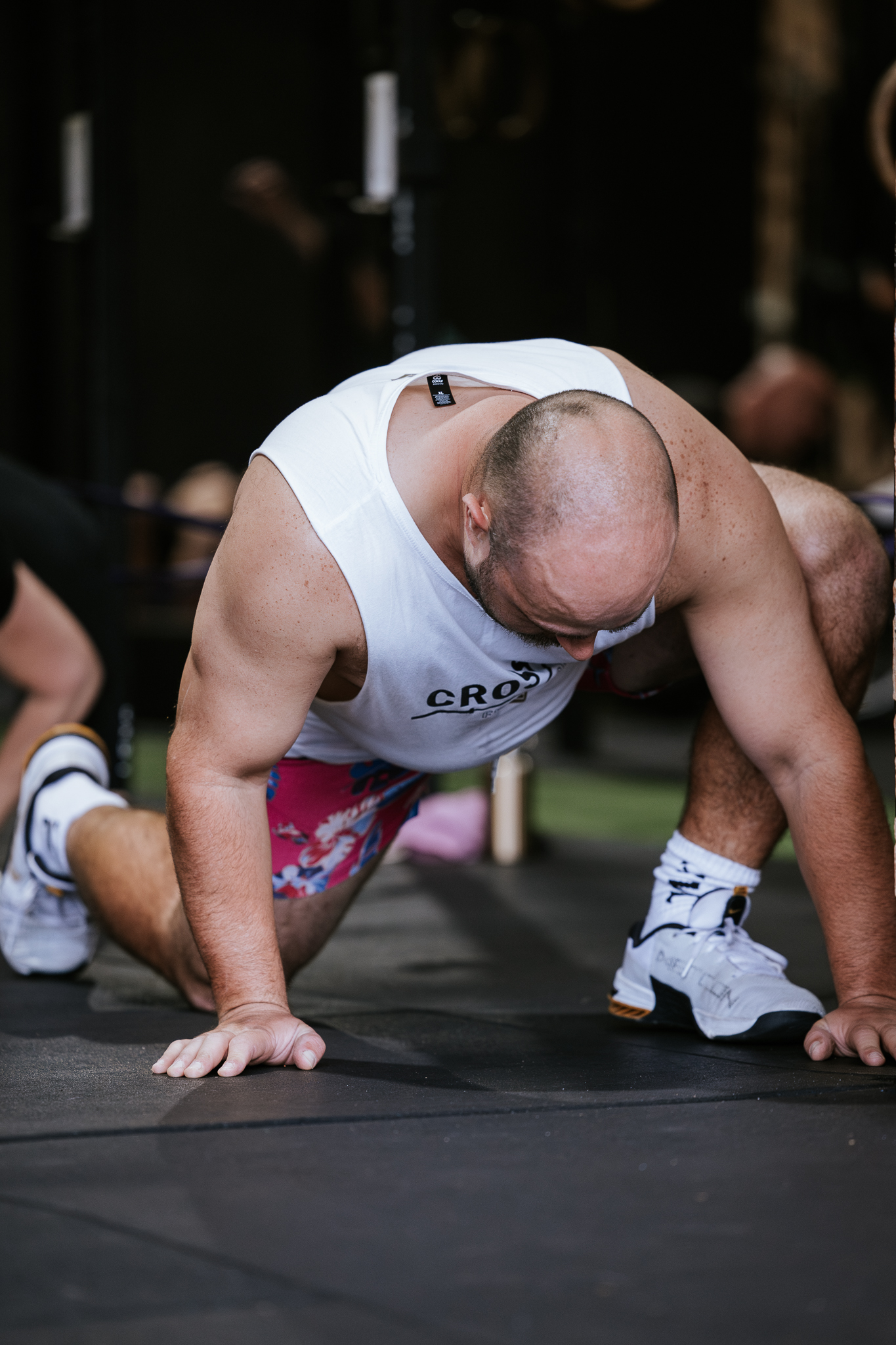
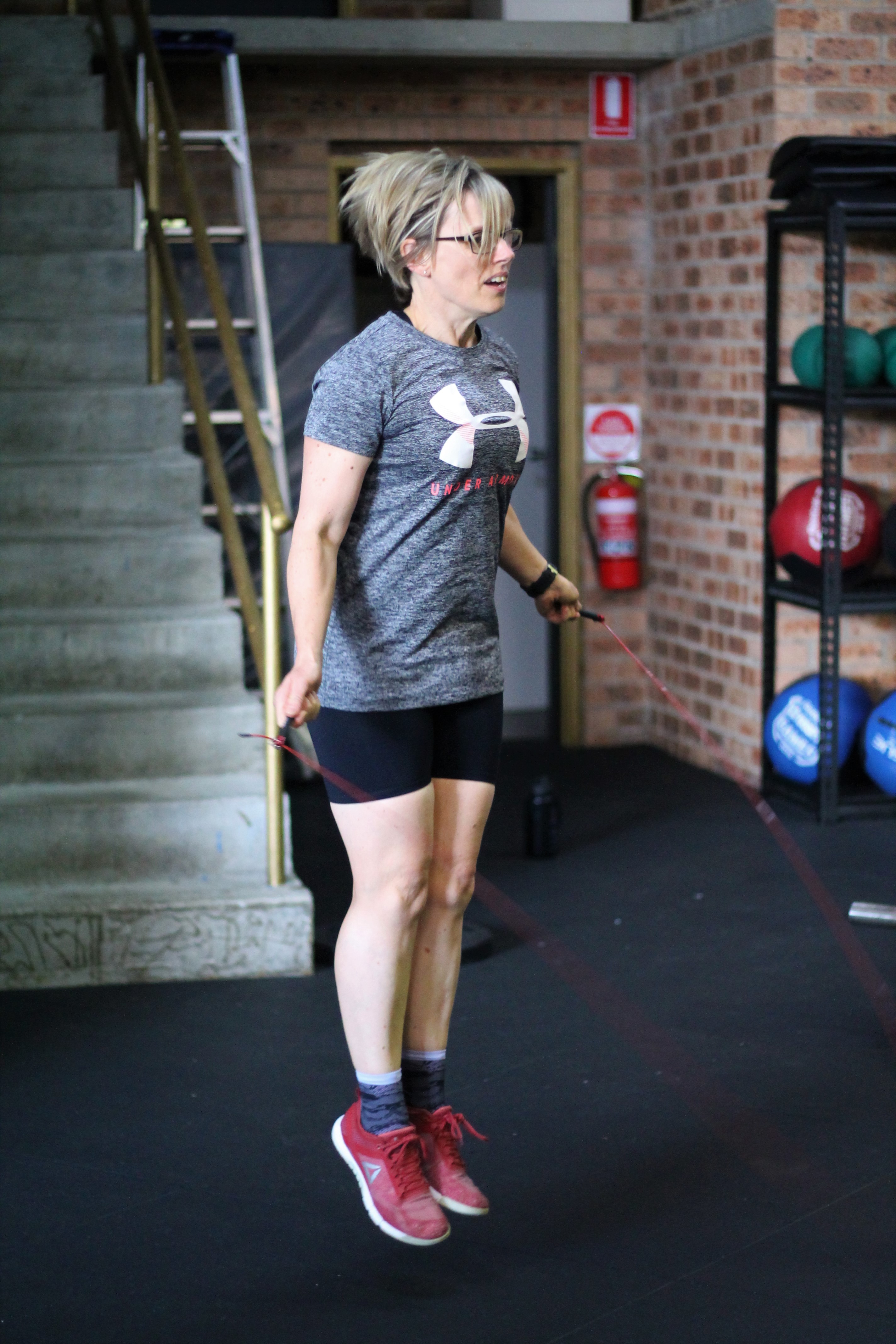
.png)
.png)
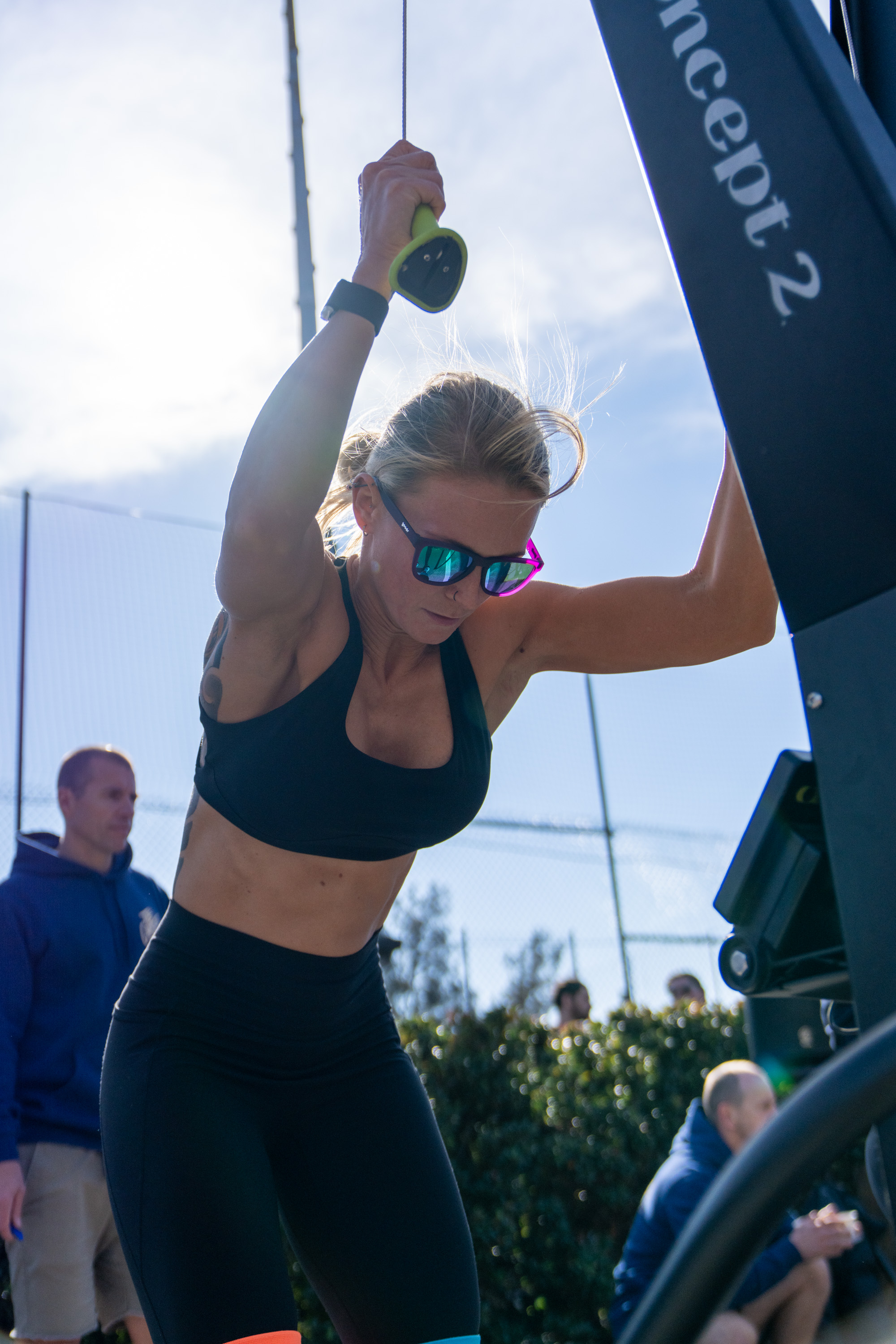
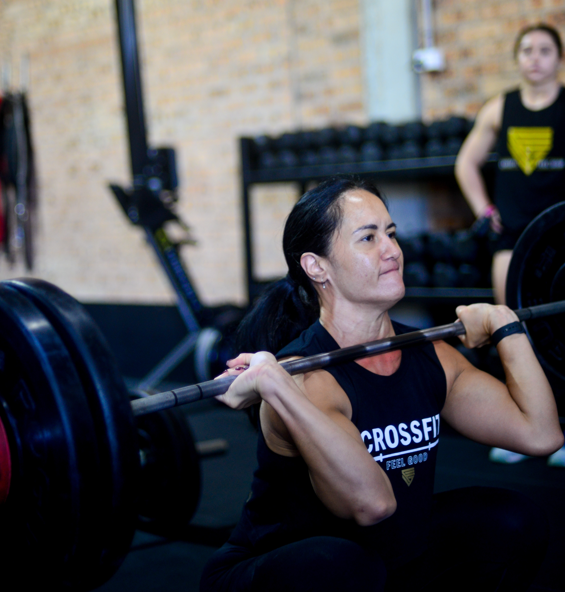
(1)(1)(1).jpg)

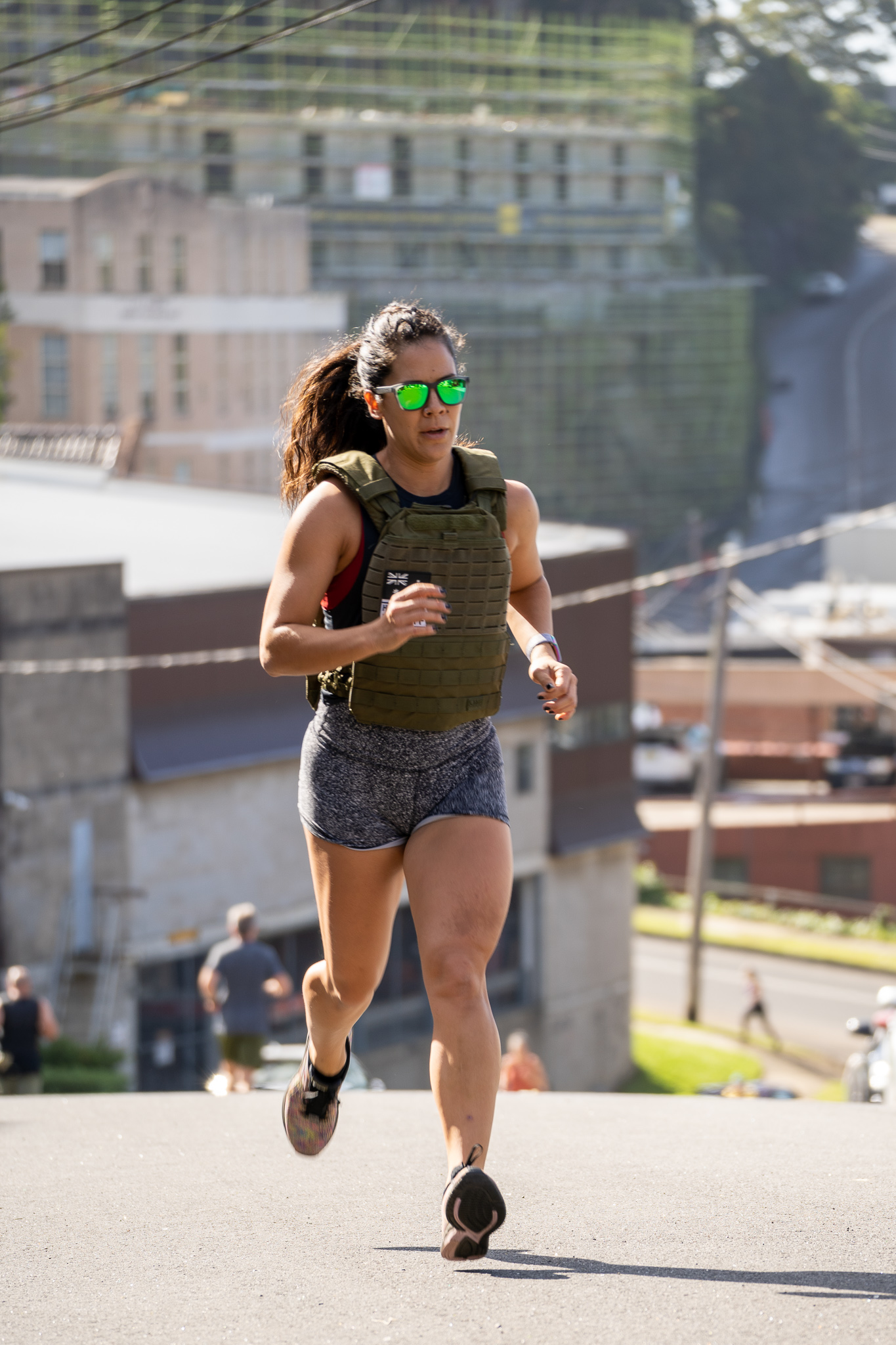
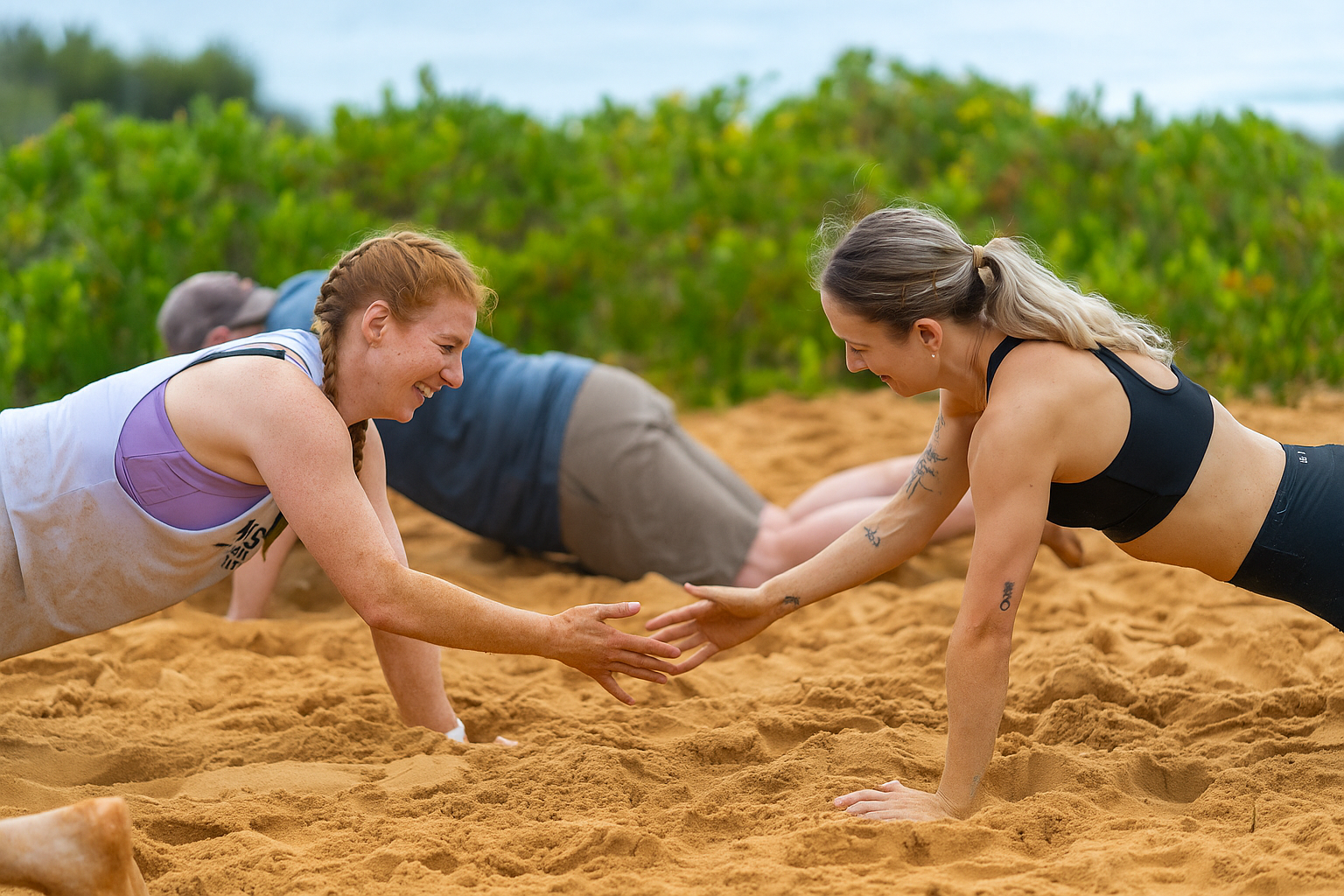

.jpg)
.jpg)
.png)
(1).jpg)
.jpg)